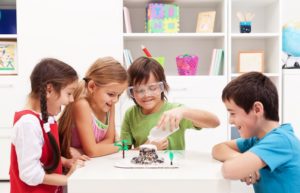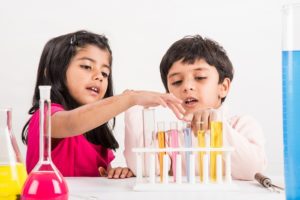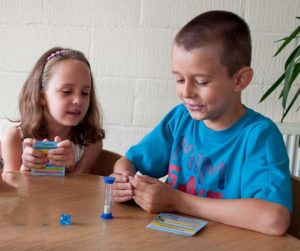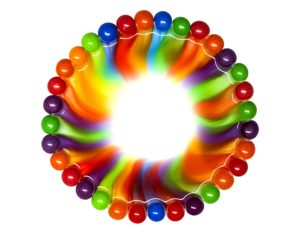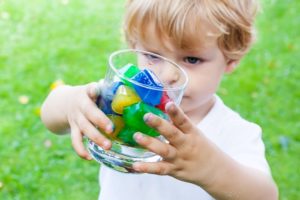No products in the cart.
7 Easy Science Experiments for Kids
March 14, 2020
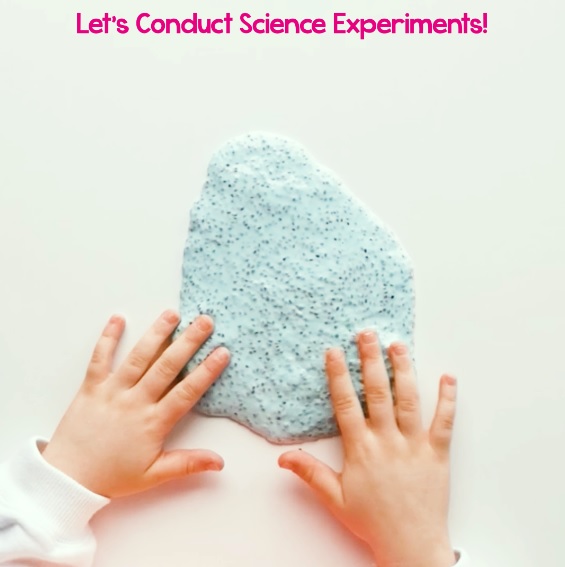
Scouring the internet for fun science experiments for kids? Well, you have come to the right place! Science is amazing. So, let’s conduct engaging and educational science experiments that will capture your child’s attention and inspire them to look at the world through a different lens. Begin by checking out our snappy learning video above, then read about seven interesting science activities for kids below!
1. DIY Chia Seed Slime
Let’s start with a science experiment for children of all ages, including little ones who like to put everything in their mouths! Remember the slime craze a few years ago? As fun as slime is, the ingredients are not always very child–friendly… But guess what? You can make slime with 4 simple, non-toxic ingredients.
Combine 2 tablespoons of chia seeds with 1 cup of water and food colouring in a container, then soak overnight in the fridge. Once a gel-like consistency has formed, stir in 1 cup of corn starch (add more to increase thickness) to create the slime. In addition to the slime being great for science, it is also a wonderful sensory play idea for kids.
2. Easy Science Experiments – Baking Soda Volcano
Why not try a bubbling baking soda volcano experiment? Combine bicarbonate of soda with a few drops of food colouring and vinegar in a container. You can add as much of the ingredients as you require. Just remember: the more bicarbonate of soda and vinegar, the bigger the eruption! Laying down a waterproof sheet and placing the container on a plate or tray will stop any ‘lava’ making its way onto your lovely carpet. Kids can also build an erupting volcano and more with STEM toys such as this Kitchen Science Kit.
3. GALT Rainbow Lab – Science Experiments at Home
STEM toys and science kits are a brilliant way to encourage budding scientists to learn about chemistry. For example, GALT Rainbow Lab is packed with all the equipment you need to conduct 12 fun science experiments at home. Kids can create a rainbow in a tube, grow colourful jelly crystals and more with this fantastic learning kit. Like what you’re reading? Expand your child’s experimental skills even further with Learning Resources Primary Science Lab Set.
4. Primary Resources Science Books
For kids who are mad about science, what could be better than a book filled with 365 science experiments? Yes, that’s right – a science experiment for every day of the year! Bursting with exciting activities, this book promotes scientific thinking skills. Young scientists may also enjoy discovering the science behind the simple phenomena all around them with Science Experiments at Home, a STEM activity book with excellent illustrations, fun facts and step-by-step experiments.
5. Science Games for Kids
Improve memory, observational skills and social skills with BrainBox Science. This fabulous primary resources science game has been developed by a primary school teacher to meet National Curriculum KS2 requirements. Plus, children can learn about all areas of science. Moreover, BrainBox memory games are the perfect way to make learning and playing one – alongside developing communication and turn taking skills. You can also find online science games on BBC Bitesize.
6. Science Activities for Kids with Sweets
Create your own colour wheel with a Skittles experiment. To start, place Skittles around the inside edge of a white plate, alternating the colours. Carefully pour water over the sweets, trying not to move them. Next, watch as the sugar and food colouring dissolve and mix with the water, creating a rainbow colour wheel. Kids can try change the type of sweet or temperature of water to investigate different cause and effect relationships. Read about more easy science experiments for kids on National Geographic Kids.
7. Crafty Science Ice Painting
Time to get crafty! Fill 1/3 of a container with water and leave to freeze overnight. Once frozen, place onto a plate or tray. Next, sprinkle salt on top of the ice and observe how it melts. Using watercolours or food colouring, kids can then paint the ice, highlighting the crevasses formed by the salt. Not only does the ice look incredible with the different colours, but it also opens up discussions about the effect of the salt on the ice and why ice melts.
Discover heaps more primary resources science STEM toys, books and games at wordunited.com!



 01782 698558
01782 698558



